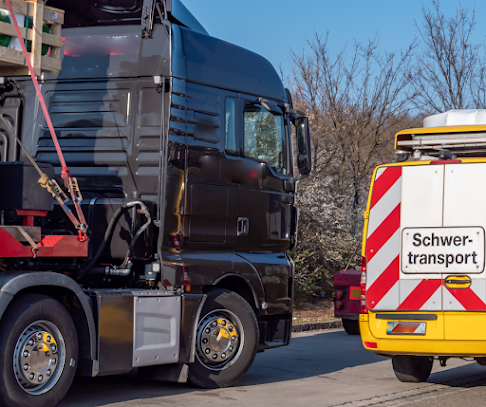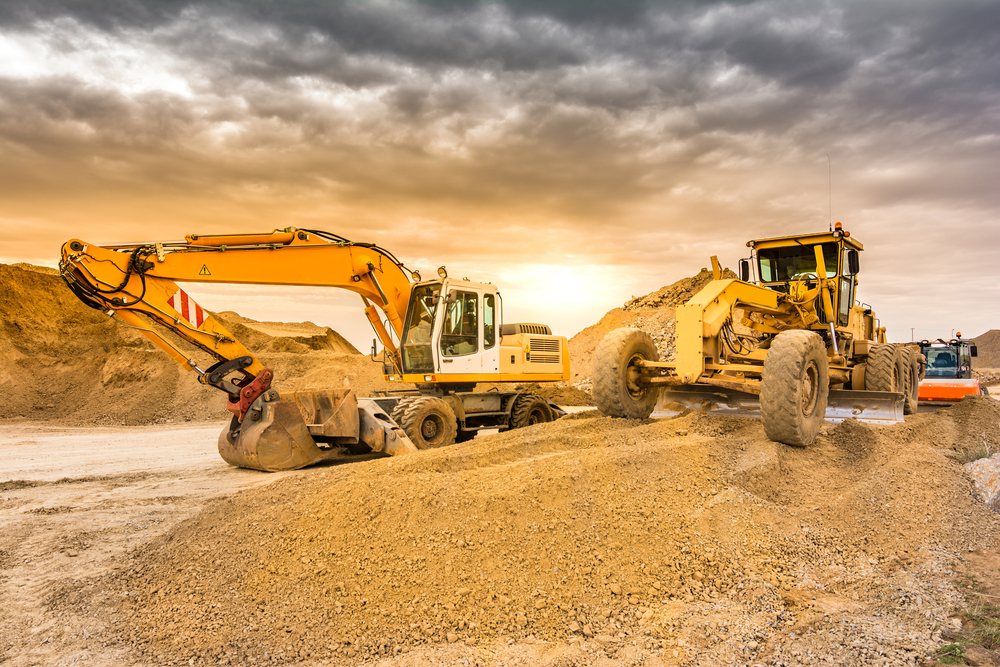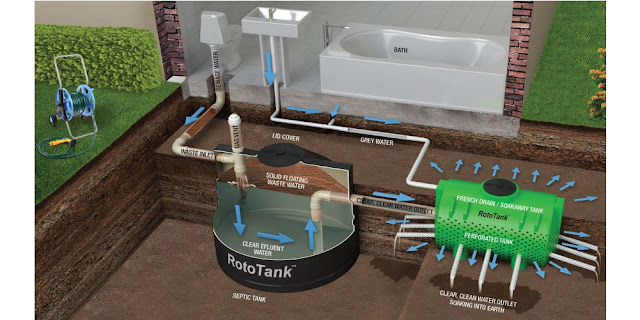The Ultimate Guide to Escort Vehicles: Guardians of the Road
Ever noticed those vigilant vehicles with flashing lights escorting an unusually large truck and wondered, "What does an escort vehicle do?" You're about to step into the world of escort vehicles, the unsung heroes ensuring the colossal cargoes make their way safely across our roads. These vehicles are the linchpins in the safe transport of oversized loads, guiding them through the maze of traffic and infrastructural challenges. Dive in as we explore the multifaceted role of escort vehicles, and next time you see one, you'll know exactly the critical role they're playing.
Understanding Escort Vehicles: Definition and Purpose
Imagine driving a car that's responsible not just for its safety but also for the safety of a truck carrying something as big as a house! That's what escort vehicles do. They serve as the mobile guardians for oversized loads, ensuring these giants can navigate roads without turning every trip into an obstacle course. These vehicles, equipped with flashing lights and often bright markings, signal to other road users that something out of the ordinary is coming through.
What Does an Escort Vehicle Do? A Closer Look
In the realm of septic tank management and transportation, an escort vehicle plays a crucial role in ensuring the safe and efficient movement of oversized septic tanks and related equipment. These vehicles are instrumental in navigating the complexities of transporting these substantial containers and ensuring that they reach their destinations without incident.
Here are the key functions of an escort vehicle in the septic tank industry:
Ensuring Safety: The foremost responsibility of an escort vehicle is to ensure the safety of the septic tank transport operation. Escort vehicles are equipped with high-visibility markings, warning lights, and communication devices to alert other drivers and ensure a safe distance between vehicles.
Traffic Control: Escort vehicles often lead or follow the septic tank transport, effectively acting as traffic controllers. They assist in managing traffic flow, controlling intersections, and ensuring that the oversized load can navigate through congested areas without any issues.
Clearing the Path: In some cases, escort vehicles may need to clear obstacles such as low-hanging branches, utility lines, or other obstructions to ensure the safe passage of the septic tank and accompanying equipment.
Communication: Escort vehicle drivers maintain constant communication with the septic tank transport crew and relevant authorities. This communication is vital for coordination and quick response to any unforeseen circumstances.
Regulatory Compliance: Escort vehicle drivers are well-versed in local, state, and federal regulations governing oversized loads. They ensure that the septic tank transport complies with all legal requirements, including obtaining necessary permits.
Emergency Response: Escort vehicles are equipped to handle emergencies. They carry safety equipment such as fire extinguishers, first-aid kits, and warning signs to address any unforeseen situations promptly.
Route Planning: Prior to the transport, escort vehicle drivers meticulously plan the route. They consider factors like road conditions, bridge weight limits, and the presence of construction zones to choose the safest and most efficient path.
Monitoring Speed: Escort vehicles control the speed of the septic tank transport to maintain safety and prevent accidents, especially when navigating turns or negotiating tight spaces.
Types of Escort Vehicles
Think of escort vehicles as a toolbox; each tool has a specific function, tailored to the type of load it's safeguarding. Here’s an expanded look at the varieties:
Legal Requirements and Regulations
The rules for escort vehicles can be as varied as the roads they travel on. These vehicles often need to be decked out in highly visible colours, with flashing lights and signs that make it impossible to miss them. The people behind the wheel aren't your average drivers; they're specially trained professionals who know how to handle everything from everyday traffic to emergency situations. This section explains how different regions have different rules, all with the same goal: safety first.
How to Become an Escort Vehicle Operator
If the idea of playing a critical role in road safety excites you, then a career as an escort vehicle operator might be your calling. It's a job that requires a unique set of skills - from the patience and alertness to manage slow-moving loads through busy streets, to the technical know-how of route planning. Training programs are rigorous, covering everything from the legal requirements to the soft skills needed to communicate effectively with truck drivers, authorities, and other road users.
Conclusion
In the grand tapestry of sanitation, escort vehicles may not always be in the spotlight, but their significance cannot be understated. These unassuming yet essential companions to oversized septic tank transportations are the linchpin of safety and efficiency on the road. They navigate through challenges, manage traffic, and ensure compliance with regulations, all for the sake of a clean and hygienic world.
So, the next time you see a colossal septic tank on the move, remember the unsung heroes – the escort vehicles – that make it all possible. They are the silent guardians of sanitation, ensuring that the waste of our homes is managed safely, efficiently, and without a hitch.



Comments
Post a Comment